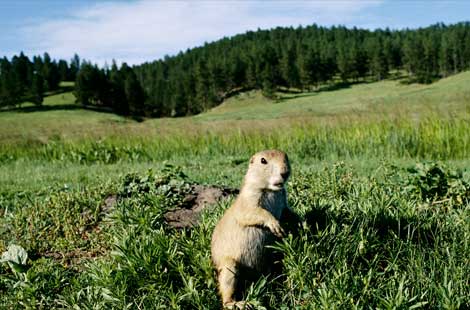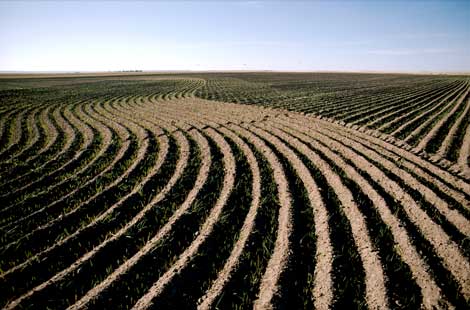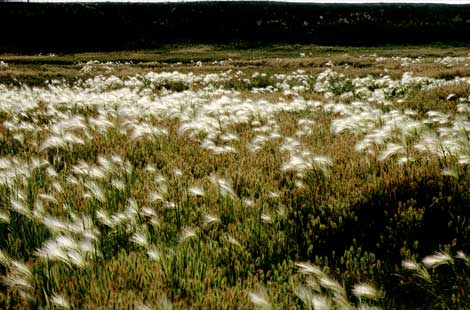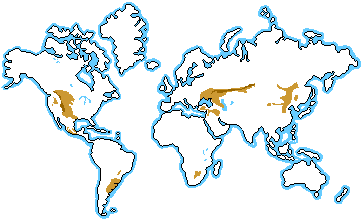Grasslands
|
 |
 |
 |
 |
| A black-tailed prairie dog perks up outside his burrow in South Dakota. | Rows of winter wheat wind their way to the Colorado horizon. |
An early winter snow dusts grasslands in Paradise Valley in
Montana.
|
Lush grasslands spread their seeds in the wind around the town of Hajdudorog in Hungary |
Source:: http://environment.nationalgeographic.com/environment/photos/grasslands-landscapes/coloradowinterwheat.html

